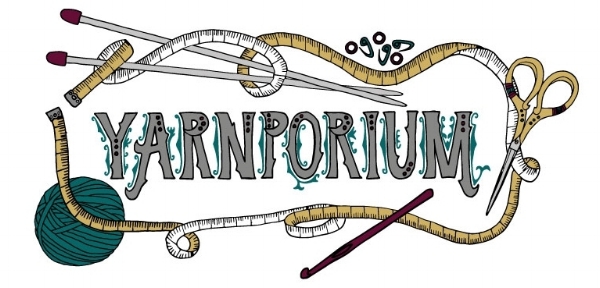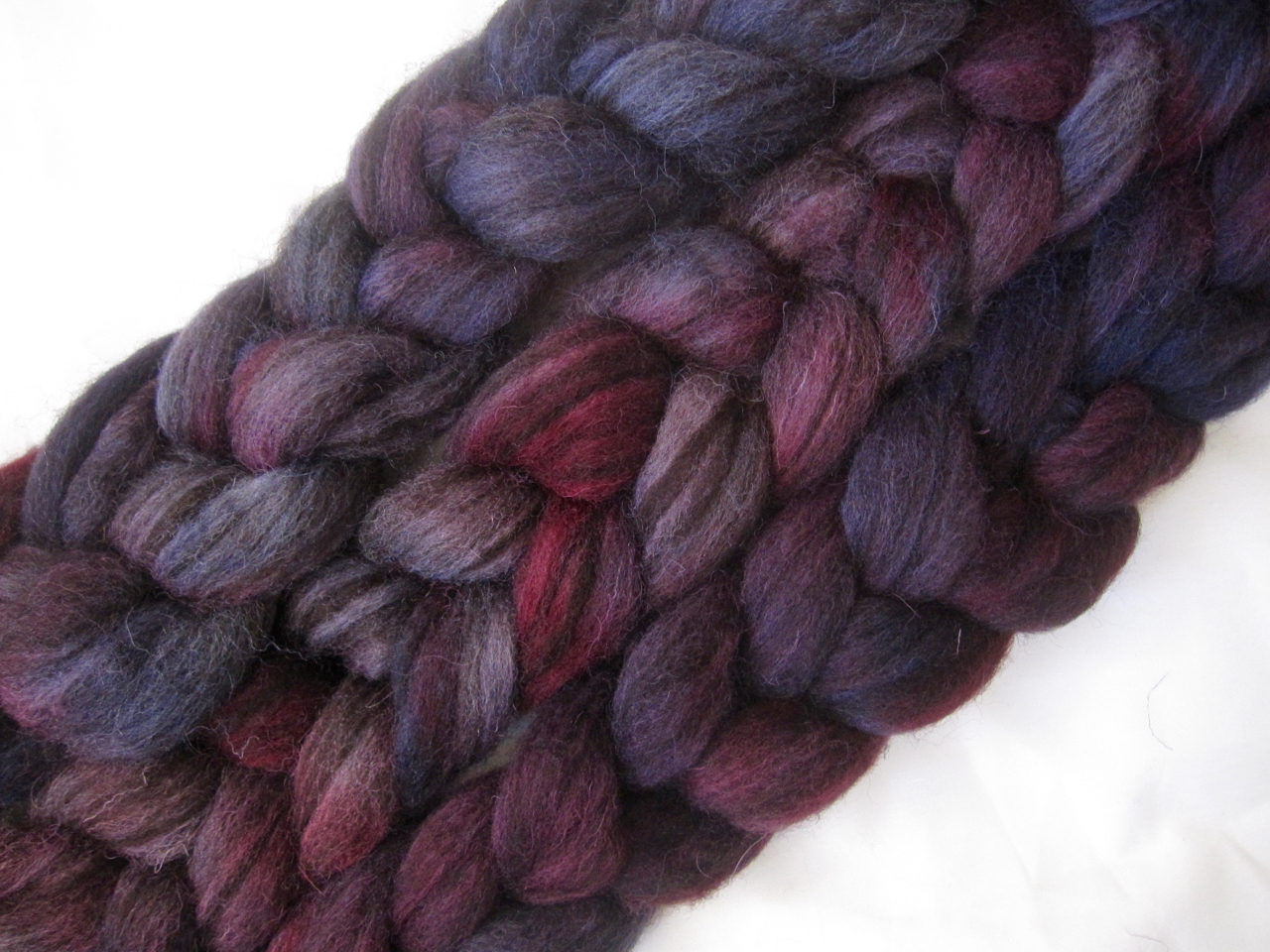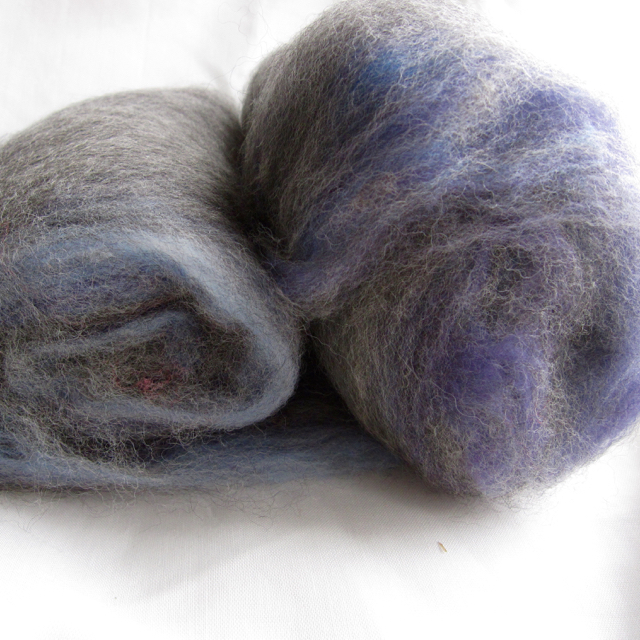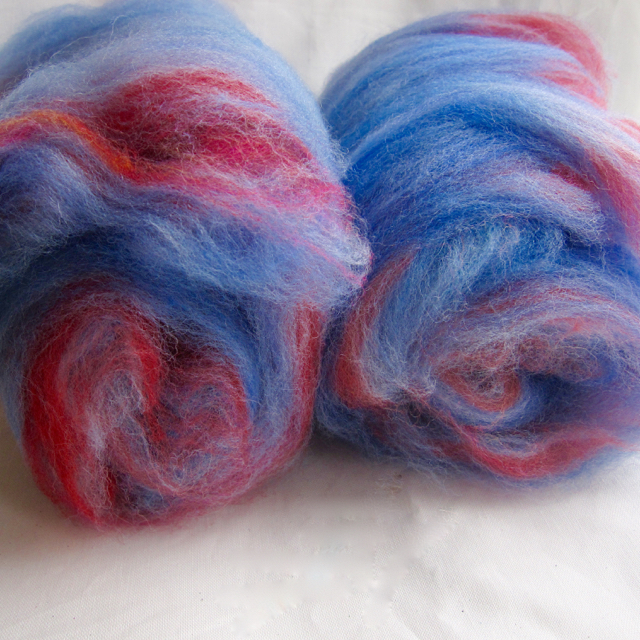Lab Goddess Fibre Club January 2017
The first fibre club of the year should have landed in its new homes by now, so it's time for some glamour shots of the January colourway!
Diving into the Deep on Romney
This month's colourway was inspired by a woman who mapped the unseeable. Marie Tharp was an American geologist and ocean cartographer and, together with her research partner, Bruce Heezen, made the first systematic effort to map the entire ocean floor. When their map of the entire floor of the Atlantic Ocean was published in 1977, it revealed the existence of the Mid-Atlantic Ridge, an enormous crack in the planet's skin running from north to south along the entire length of the Atlantic. This rift is the site of new crust formation, as molten rock from the earth's core swells upwards, creating a globe-long series of volcanos. The eruptions of these volcanos create new ocean floor, forcing the tectonic plates apart. Their maps helped provide proof for the theory of plate tectonics, which revolutionised geology.
My mind’s image of the colours around the Mid-Atlantic Ridge inspired this month’s dye combination; white hot molten lava hitting the icy cold ocean depths and rapid cooling through orange to red to purple and ultimately cold black. With a lot of blue thrown in for the deep water, this colourway will spin up mostly dark blue and purple tones, with pops of bright red and yellow throughout.
I think I'm going to spin mine up for a pair of socks - Romney is one of the longwools, and I'm going to spin this as a two ply with lots of twist to make a hard wearing yarn. Looking forward to getting started on this over the weekend!



















